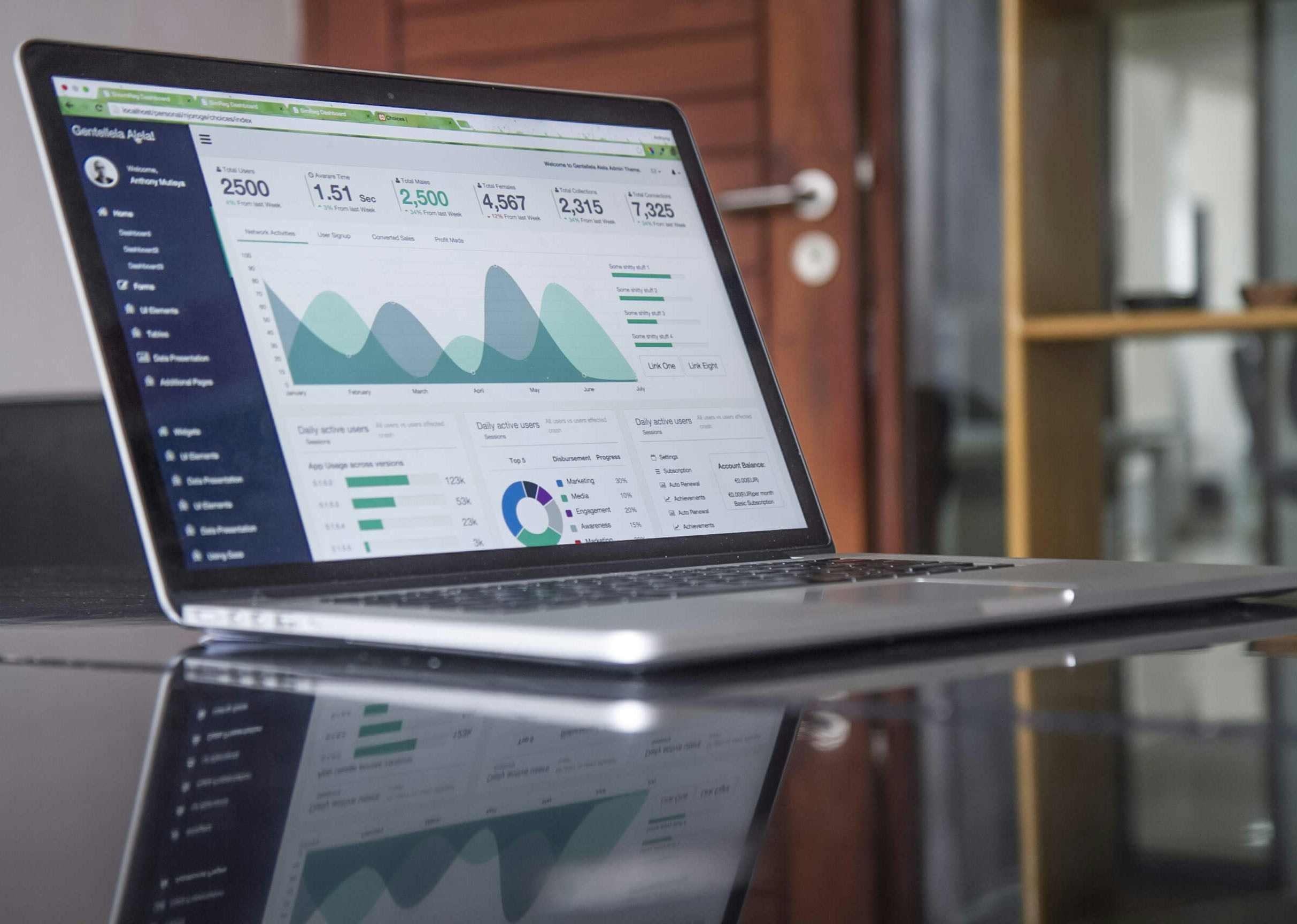When it comes to advertising, one of the most important goals that marketers and advertisers constantly strive for is Return on Investment (ROI). Programmatic advertising has completely transformed the world of marketing by efficiently and effectively helping brands connect with their desired audience. In this blog post, we will explore the importance of ROI in advertising and how businesses can make the most out of their ad spending to drive conversions.

Understanding Programmatic Advertising
Programmatic advertising refers to the use of automated technology and algorithms to purchase and optimize ad placements in time. It allows advertisers to reach their target audience across channels, including websites, apps, social media platforms, and connected devices.
1. Precise Targeting:
The best programmatic advertising platforms offer targeting capabilities based on factors such as demographics, interests, location, and behaviors. This level of precision ensures that ads are only shown to individuals who are likely interested in the advertised product or service. Consequently, advertisers can minimize expenses on ads that do not resonate with their target audience.
2. Real-Time Campaign Optimization:
Another advantage of advertising lies in its ability to optimize campaigns immediately as they run. To ensure ad placements and budget allocations, algorithms analyze data points, like impressions, clicks, conversions, and cost per click (CPC). This data-driven approach helps advertisers maximize their return on investment (ROI) by displaying ads to users at opportune times.
Measuring ROI in Programmatic Advertising
For the measurement of ROI in advertising campaigns, marketers should focus on setting clear objectives and utilizing performance metrics tailored to those objectives.
1. Establish Clear Objectives:
Before initiating a campaign, businesses should define their desired outcomes from their digital ad spend. Whether it’s boosting brand awareness or driving sales, having defined objectives allows marketers to align their strategies accordingly.
2. Conversion Tracking:
Accurate ROI measurement requires the implementation of conversion tracking. By employing conversion tags or pixels on landing pages or confirmation pages, advertisers can attribute actions like website visits, form submissions, or purchases directly to their programmatic advertising efforts. This enables businesses to calculate the cost per conversion and attribute conversions accurately.
3. Tracking Incremental Revenue:
To truly understand the impact of advertising on revenue, it is crucial to track the revenue generated from conversions that would not have happened without advertising exposure. This kind of attribution provides marketers with an understanding of how their ad spend contributes to business growth.
Boosting Return on Investment (ROI) through Programmatic Advertising
Once measurement systems for return on investment (ROI) are established, advertisers can take steps to optimize their campaigns for higher conversions and increased ROI.
1. Conducting A/B Testing:
A/B testing plays a role in determining what works best in terms of content messaging and ad formats. By running versions of ads and comparing their performance, marketers can gain valuable insights into what resonates most with their target audience.
2. Segmenting the Audience:
By dividing target audiences into segments based on demographics, interests, past behaviors, or purchase history, advertisers can personalize messages tailored to each segment’s needs and motivations. Personalization enhances. Boosts the likelihood of conversions.
3. Continuously Optimizing Campaigns:
Programmatic advertising offers a brilliant advantage- the ability to make real-time campaign adjustments based on data analysis. This enables advertisers to optimize their campaigns for results continuously.

4. Monitoring CTR and CPA
Advertisers need to keep an eye on metrics like click-through rates (CTR) and cost per acquisition (CPA) to make the most of their advertising campaigns. This involves optimizing aspects such as budget allocation, ad creatives, and targeting parameters.
By leveraging targeting capabilities, real-time optimization opportunities, and accurate ROI measurement techniques like conversion tracking and incremental revenue analysis, businesses can effectively enhance their ROI in advertising.
To sum up, the value of advertising lies in its ability to accurately target audiences and optimize campaigns in real-time. By setting objectives, implementing conversion tracking, and refining campaigns, marketers can achieve higher conversions and ultimately generate a stronger return on their advertising investment. Programmatic advertising provides advertisers with the opportunity to reach the audience at the time while ensuring that every dollar spent contributes to business growth.




